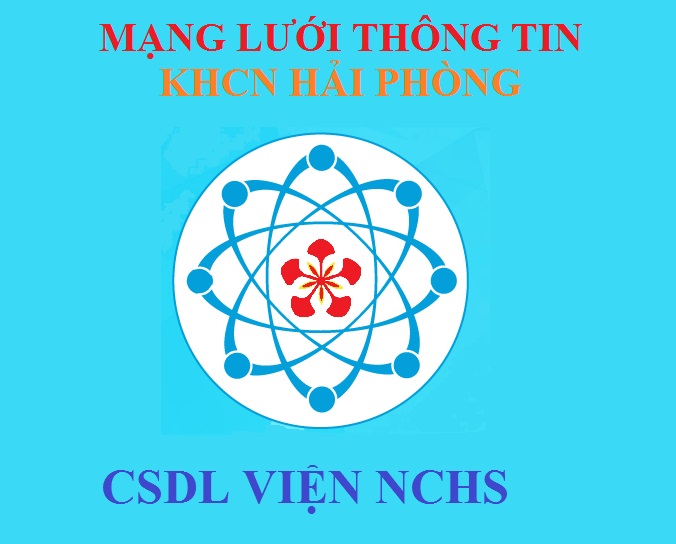General Information
Author: Nguyễn Văn Nguyên, Phạm Thị Mát, Lê Thanh Tùng, Đỗ Anh DuyIssued date: 31/12/2021
Issued by: Tạp chí Nông nghiệp và Phát triển nông thôn
Content
TÓM TẮT:
Rong biển là thực phẩm giàu dinh dưỡng cung cấp các chất khoáng vi lượng và đa lượng cho cơ thể. Chúng chứa hàm lượng lớn các chất khoáng, các vitamin thiết yếu và hoạt chất chống ô xi hóa hỗ trợ sức khỏe và tăng sức đề kháng cho con người. Ngày nay, nhu cầu sử dụng rong biển ngày càng tăng bởi chúng được khai thác và sử dụng cho rất nhiều mục đích thương mại, đặc biệt trong các lĩnh thực phẩm, mỹ phẩm, thức ăn chăn nuôi, nông nghiệp và y học. Rong biển Việt Nam có sự đa dạng rất lớn với hơn 810 loài, trong đó 7 loài rong kinh tế đang hiện đang được nuôi trồng phổ biến cho mục đích thương mại là: rong sụn (Kappaphycus alvarezii, K. striatum, Eucheuma denticulatum), rong câu (Gracilaria tenuistipitata, G. firma, G. bailinae) và rong nho (Caulerpa lentillifera). Việt Nam có diện tích mặt nước lớn cho phép phát triển và nuôi trồng, tuy nhiên nguồn lợi rong biển tự nhiên và nuôi trồng hiện tại đang có xu thế suy giảm cả về số lượng và chất lượng. Bên cạnh đó công tác nghiên cứu và quy hoạch rong biển theo định hướng ứng dụng còn rất nhiều hạn chế. Do vậy, để phát triển, cần có các giải pháp tăng cường bảo vệ nguồn lợi tự nhiên, phát triển sản xuất giống, xây dựng các mô hình trồng rong hiệu quả, thúc đẩy các nghiên cứu ứng dụng về rong biển, sản xuất các sản phẩm giá trị gia tăng có giá trị cao để có thể phát triển đúng tiềm năng của ngành rong biển Việt Nam.
Từ khóa: Rong biển, tiềm năng, ứng dụng, nuôi trồng.
ABSTRACT:
Seaweed is a nutrient-rich food that can be provided trace minerals and macronutrients. They contain a large amount of minerals, essential vitamins and antioxidants supports for humans health and increase resistance. Today, the demand for seaweed is increasing because they are exploited and used for many commercial purposes, especially in the human foods, cosmetics, animal feeds, agriculture and medicine. Vietnam has a great diversity of seaweed with more than 810 species, of which 7 economic seaweed species are currently being commonly cultivated for commercial purposes: Kappaphycus alvarezii, K. striatum, Eucheuma denticulatum, Gracilaria tenuistipitata, G. firma, G. bailinae and Caulerpa lentillifera. Vietnamese water’s surface is large that allowing for development and farming, but the current natural and cultured seaweed resources are declining in both quantity and quality. In addition, research and application-oriented seaweed planning is still very limited. It is necessary to have solutions to strengthen and protection of natural resources, including: develop the seed production, build effective models of seaweed farming, promote applied research on seaweed, produce value-added products with high value to be able to develop the right potential of Vietnam's seaweed industry.
Key words: Seaweed, potential, production, farming.
Download













